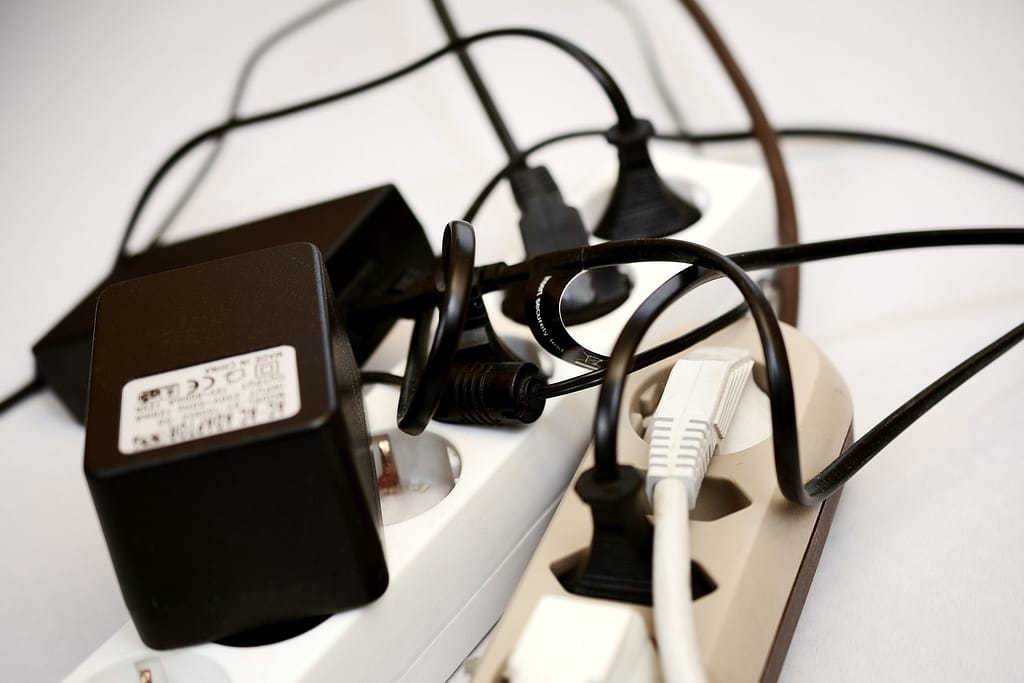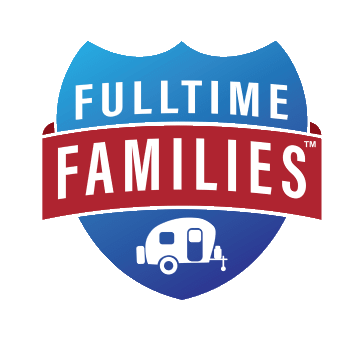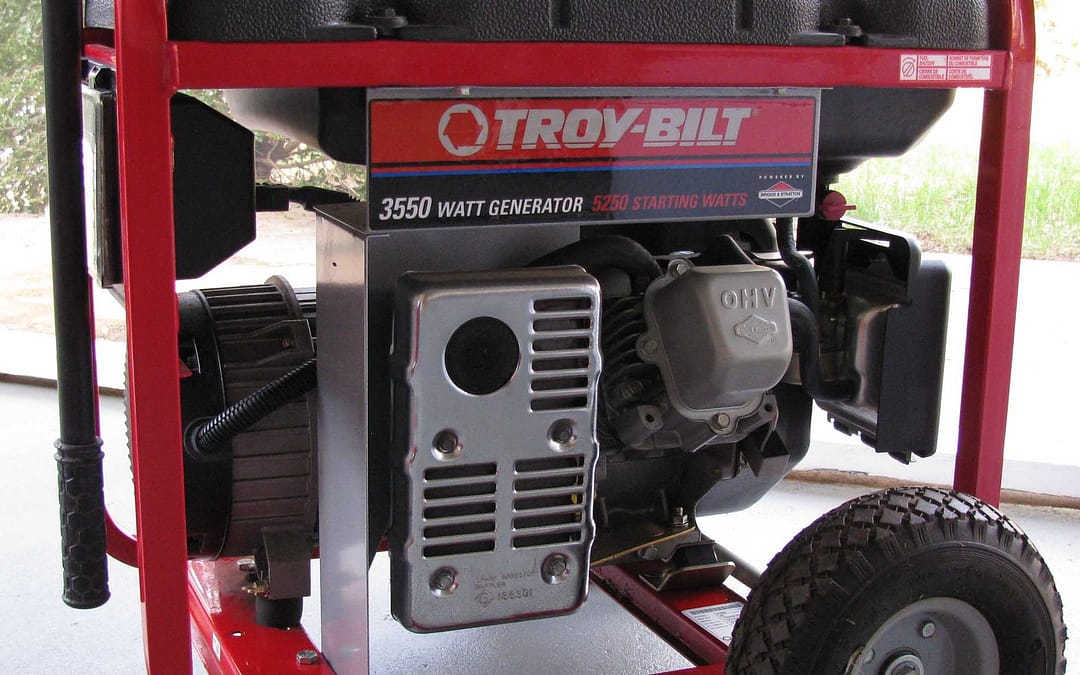This article may contain compensated links, please read our disclaimer for more information.
Last week we discussed how to find the right RV generator for you. We talked about what size RV generator you need, which brands are best, and whether it’s better to have a built-in RV generator or a portable camping generator. What we didn’t discuss is what you need to know once you purchase that generator. That’s why we’re here again today.
Below, we’ve outlined what you need to know to get the most out of your camping generator and make sure it lasts for years to come.

What Can I Run on my RV Generator?
Many people have questions about what they might be able to use when plugged into their RV generator. The answer? It depends. The type of camping generator will determine the answer to this question.
If you have a 2,000-watt generator, you can expect to recharge your RV battery while also running things like lights, roof fans, the fridge on gas power, and the furnace. You’ll also be able to charge things like laptops and phones, and you will be able to run a coffee maker as long as you don’t have too much running simultaneously.
Things you can’t use on a smaller, 2,000-watt generator? The air conditioner, microwave, and most electric space heaters.
Those who’d like to run the things mentioned in that last sentence should turn to a generator that offers 3,000 or more watts of power. A 3,000-watt generator will be able to handle any of the things mentioned above, but won’t support more than one of them at a time. For this, you’ll need to look at even bigger and more powerful generator options.
Best RV Generator Accessories
Once you have your generator, you might run into issues with storage or keeping the noise of the generator down. Another problem? Exhaust that finds its way into your neighbor’s rig, assuming they’re parked close to you. The accessories below will help you solve these problems.
RV Generator Exhaust Extension Kit
If you do a lot of dry camping that involves parking near other rigs, and you have an onboard generator, you will want some way to direct exhaust away from the neighbors. This is not just for your neighbors’ comfort, but can actually be a matter of safety.
Since you can’t just move an onboard generator out and away from other RVs, we recommend an RV generator exhaust extension kit. This kit actually reduces generator noise and uses pipes to redirect exhaust fumes, keeping everyone around you happy and safe.
RV Generator Mounting Kit
What if you go with a portable generator and need a way to carry and store the thing? For this, we recommend a camper generator rack.
Generally, these racks mount to your RV bumper. The one linked above is both strong and relatively lightweight. If you find the rack is not strong enough by itself, they sell extra support brackets that can be installed for heavier loads. It fits a variety of bumper sizes and is easy to assemble and put to use right away.
RV Generator Box
Generator boxes are great because they protect your portable camping generator from the elements and can be locked for protection from thieves. They can also help baffle the sound of the generator a bit, making a more pleasant camping experience for you and everyone around you.
While generator enclosures can be purchased, they don’t tend to offer much protection or sound buffering, so we actually recommend making your own.
RV Generator Maintenance
Of course, you will want to take good care of your camping generator in order to ensure it lasts for years to come. For this reason, generator maintenance is incredibly important.
You can of course pay for generator maintenance services, but we find that the servicing of generators is actually fairly straightforward, so any handy person should be able to take care of the tasks themselves.
Generator maintenance tasks include:
Oil Change
As is the case with any engine, you will need to change the oil on your RV generator every 100 hours and at least once a year. This will ensure your generator continues to run smoothly.
Air Filter Replacement
The air filter is super important for keeping debris out of your generator. That said, a clogged air filter means not enough air is getting to your engine. Solve this problem by replacing your generator air filter every time you change the oil.
Fuel Filter Replacement
The fuel filter ensures only clean fuel makes it to the generator. This will also need to be changed, but not as often as the air filter and oil. Generally, the recommendation is to replace your generator fuel filter every 500 hours or at least every two years.
Spark Plug Change
Spark plugs can become dirty, causing them not to function properly. For this reason you will want to check your spark plug every time you change the oil. Replace, adjust, and clean the plug as needed.
Fuel System Cleaning
RV generator fuel systems can get gummed up, causing issues. To avoid this, run Sea Foam motor treatment through the lines. To do this, simply add one ounce of Sea Foam for every gallon of fuel in your tank. This can be added to the generator directly, or to the RV fuel tank if that is where your generator pulls from. Once the Sea Foam is added, run the generator for a few hours in order to work the cleaner through the system.
This cleaning method can be used on both gas and diesel generators.
Winterizing Your RV Generator
Just like your RV, your generator also requires winterization to ensure it is in working order when the summer rolls back around. To winterize your generator, you will want to:
- Run the fuel tank low.
- Fill the tank completely with fresh, high quality fuel (make sure you use a winter grade fuel for diesel generators).
- Add a fuel stabilizer to the tank.
- Run the generator for at least an hour before putting it in storage.
It’s also a good idea to change the oil and air filter and check the spark plug before storing the generator.
Running the Generator Monthly
Lastly, we must mention the importance of running your generator regularly. We recommend doing this at least once a month, even during the winter months when your rig is in storage. The generator should be run under a load and for at least half an hour.
This video offers awesome instructions for a number of these jobs, helping you tackle your generator maintenance yourself.
Troubleshooting Your RV Generator
Sometimes even the most well maintained generators need a little extra TLC. If you’re having trouble with your generator, you may be wondering what to do next. Here are some of our top generator tips:
Problem #1: RV Generator Won’t Start
If your RV generator won’t start at all, we recommend checking the following:
- Fuel level — Many onboard RV generators won’t run if the RV fuel tank is at less than ¼ full. Also, be aware that sitting on a hill can cause the tank to read lower than it actually is.
- Oil level — Many generators won’t run if the oil level is low, so be sure to carry extra oil to top up if needed.
- Battery — A weak battery connection or dying battery will not give an onboard generator enough power to start. If you have a motorhome, you can start the engine and let it run briefly to get the generator to fire up.
- Spark plug — A bad spark plug will also cause a no-start problem in your generator. Check yours and replace if needed.
A hot generator, clogged fuel system, or dirty air filter might also cause a no-start situation, so those are also worth checking if none of the things above seem to help.
Problem #2: Camping Generator Starts, But Dies
Sometimes a generator does start but dies shortly after. In this case, try the following:
- Clean the fuel system and carburetor — A clogged fuel system or gummed-up carburetor might be your issue. Try cleaning both using Sea Foam as mentioned earlier.
- Change the fuel filter — It could also be that fuel delivery is being disrupted by a clogged fuel filter. Changing this filter is another good step toward getting your generator up and running again.
- Change the air filter — A badly clogged air filter can definitely cause a generator to die. Change yours to see if that makes a difference.
- Check for overloading or overheating — A generator won’t run if it gets too hot or if it’s overloaded. If the weather is especially hot, your generator might not be cool enough to stay running. Making sure the generator has plenty of air flow can help. If you’re trying to run several things at once, try running only one thing at a time to see if that solves the problem.
Some things like low oil and an old spark plug could also cause this problem, so be sure to check those things as well.
Problem #3: RV Generator Starts, But No Power
Let’s say your generator is actively running but you just aren’t getting power to your rig. Check the following:
- Make sure you are plugged in — Yes, this seems obvious, but sometimes we don’t catch the most obvious things. Make sure your RV is actually plugged into the generator.
- Check all breakers and fuses — Many RVs have breakers and/or fuses between the generator and the house. Make sure you don’t have any flipped breakers or blown fuses.
- Check connections — Driving causes a LOT of vibrations, which can cause wire connections to come loose. Check all wires and make sure you have good strong connections.
RV Generator Repair Service Near Me
Of course, sometimes simple DIY fixes are not the answer. If the solutions above don’t get your generator going again, you will likely need to call in a professional to help. Try searching “mobile RV generator repair near me” to find someone who will come to you.
If you have an Onan generator, you could choose to visit a Cummins Onan dealer instead, and if your generator is still under warranty, this is definitely what you want to do. Otherwise, a small engine repair shop should be able to get the job done.
Join Fulltime Families
Fulltime Families Members get access to the best resources, community and discounts.
Fulltime Families is a participant in the Amazon Services LLC Associates Program, an affiliate advertising program designed to provide a means for sites to earn advertising fees by advertising and linking to amazon.com, amazon.co.uk, amazon.ca. Amazon and the Amazon logo are trademarks of Amazon.com, Inc. or its affiliates.

